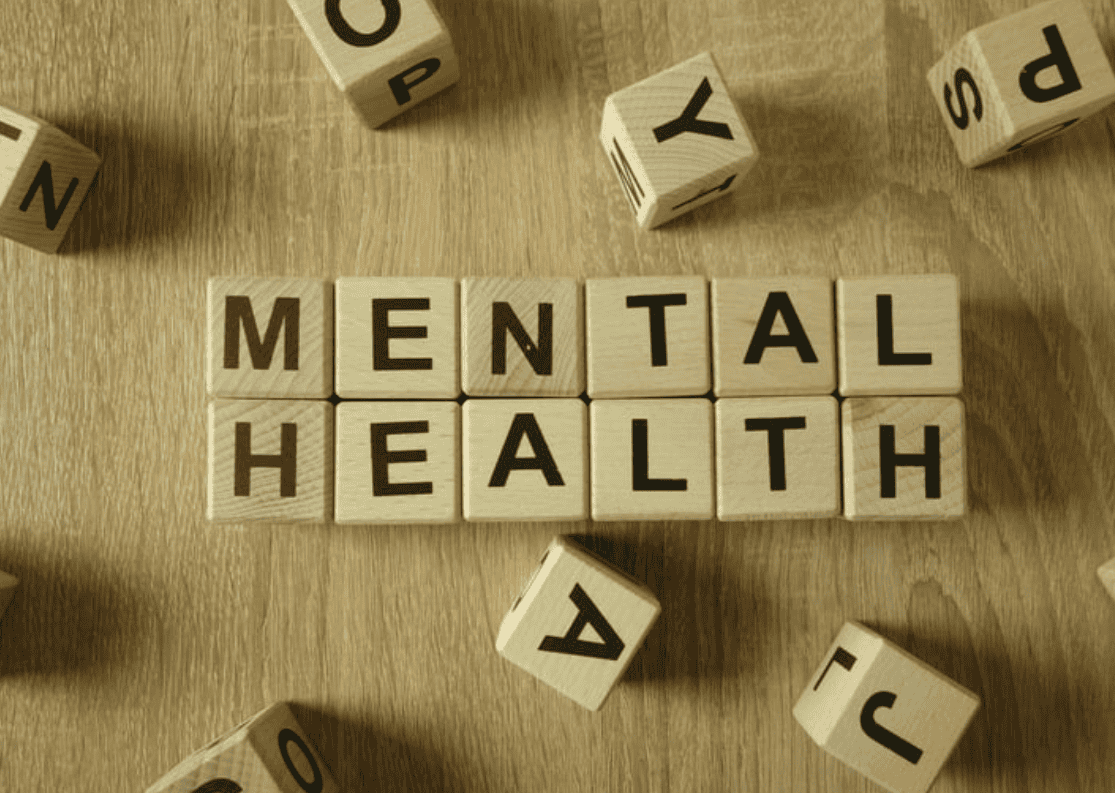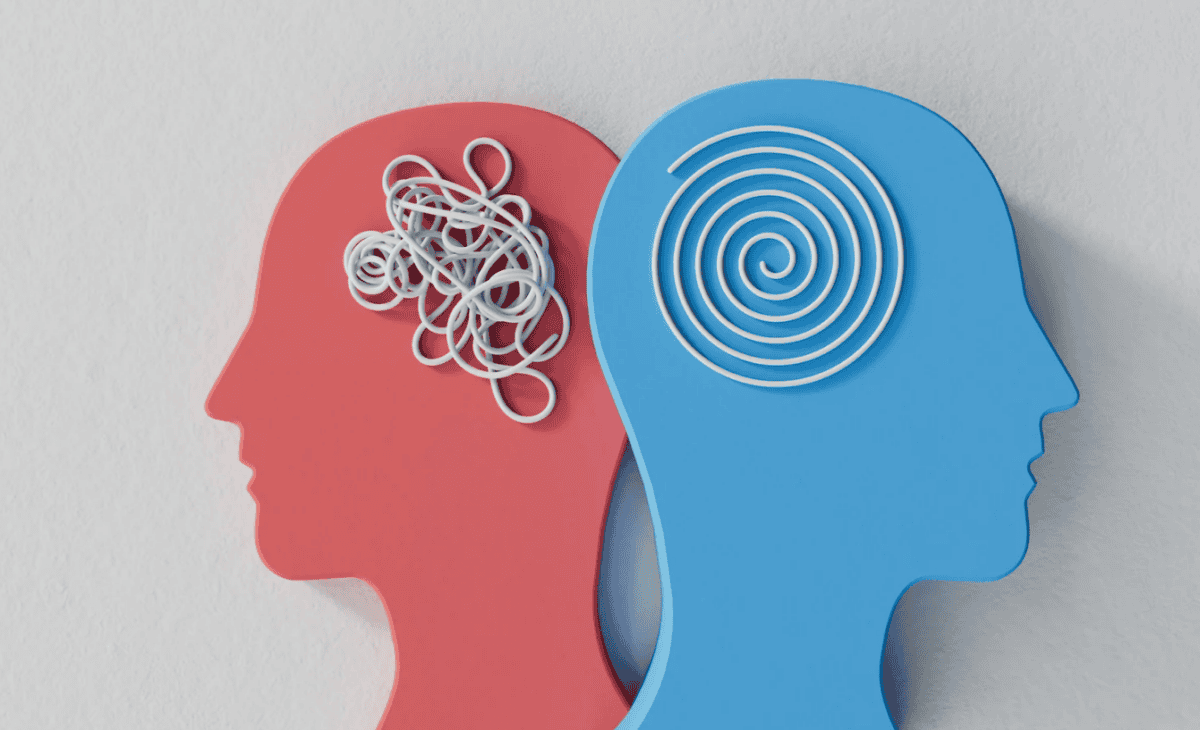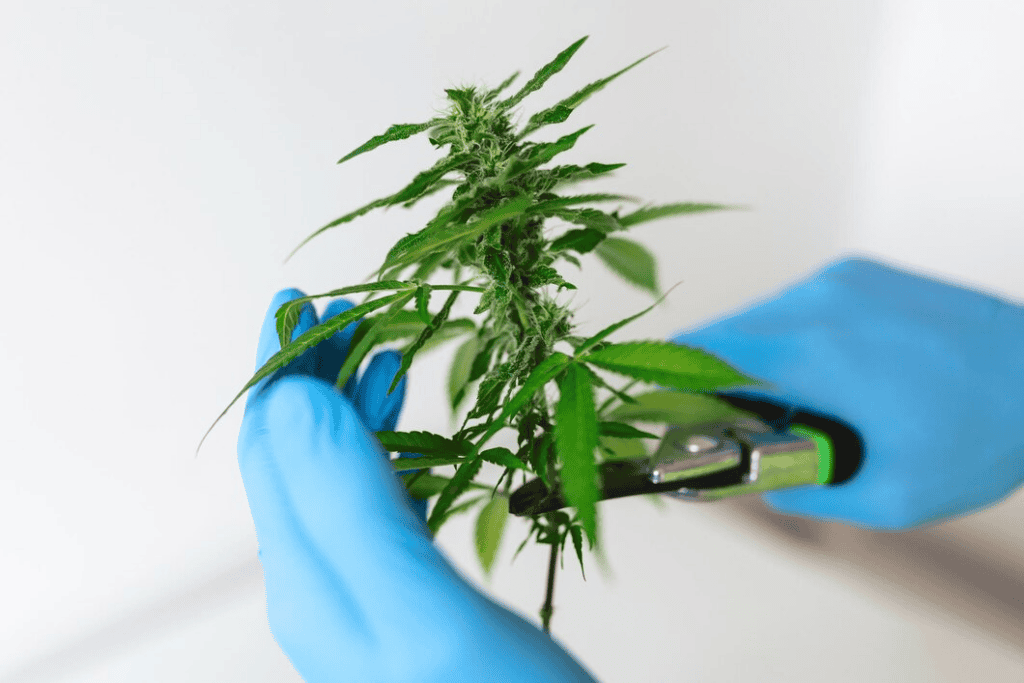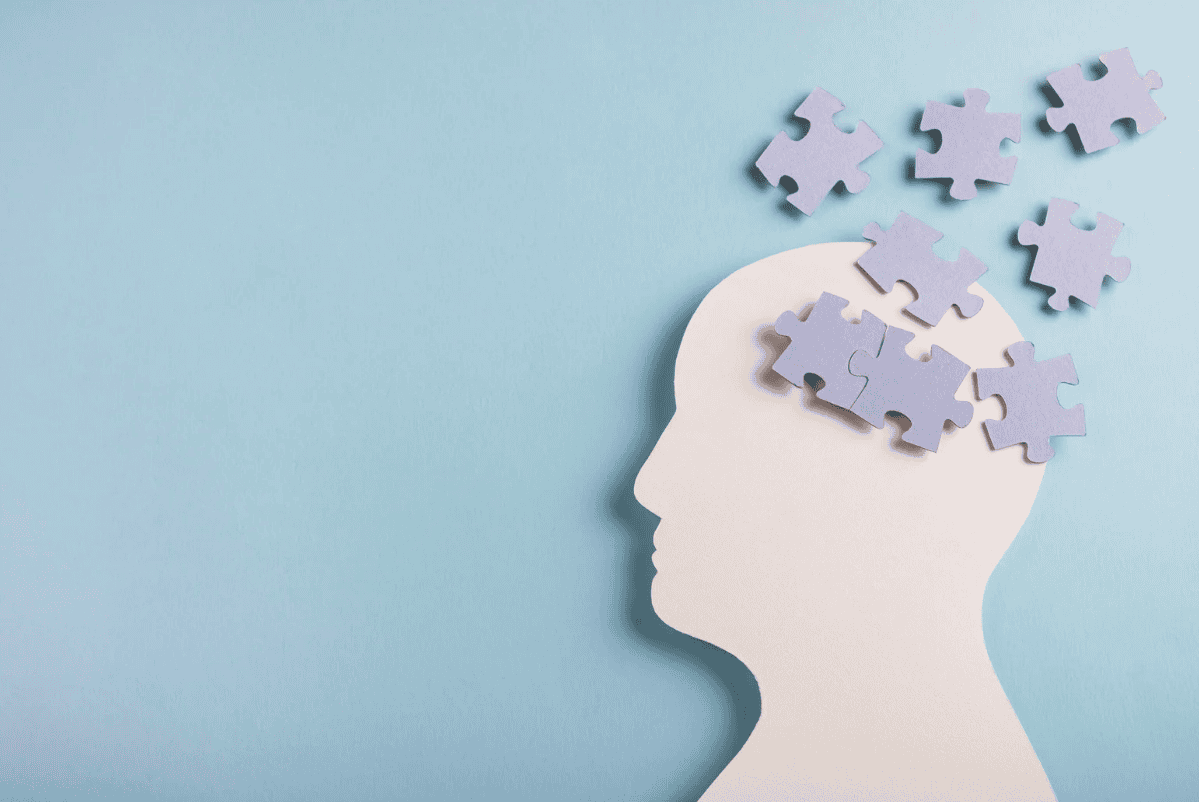Every day, people make choices, form habits, and respond to their environment in ways they often don’t even notice. From how a child learns to complete homework on time to how an employee improves productivity at work, behavior plays a crucial role in daily life. But have you ever wondered why people behave the way they do? That’s where behavior analysis comes in.
What is behavior analysis? It is the scientific study of how people learn and adapt. It focuses on understanding why certain behaviors occur and how they can be changed or reinforced. This field has helped improve education, healthcare, business management, and even mental health treatment.
Understanding behavior is not just useful for professionals; it helps everyone navigate relationships, improve communication, and make better decisions. Whether it’s teachers using positive reinforcement in classrooms, companies analyzing consumer behavior, or individuals trying to break bad habits, the science of behavior plays a crucial role.
What is Behavior Analysis?
Behavior analysis is a scientific approach that studies how people learn, adapt, and respond to their environment. It is based on the principle that external factors influence behavior and can be modified through reinforcement, consequences, and structured interventions. By understanding the factors that drive behavior, professionals can create strategies that encourage positive changes and reduce problematic actions.
One of the most practical applications of behavior analysis is Applied Behavior Analysis (ABA). ABA is widely used to support individuals with autism and developmental disorders, helping them develop communication, social, and life skills. The techniques used in ABA are also applied in other areas, such as behavioral therapy, classroom management, business performance improvement, and even sports psychology.
Since behavior analysis has applications in diverse fields, many individuals pursue professional education to gain expertise in this area. ABA degree programs provide students with a strong foundation in behavior analysis, teaching them how to assess, modify, and support behavior in various settings.
These programs prepare individuals for careers in education, healthcare, behavioral therapy, and even organizational psychology. They offer a structured learning approach that combines theory with hands-on experience, ensuring that students develop the necessary skills to become effective professionals in the field.
On the other hand, one of the most well-known applications of behavior analysis is in therapy for individuals with autism. However, its principles go beyond that and apply to various aspects of life, from improving workplace efficiency to helping individuals overcome unhealthy habits. Because of its effectiveness, many professionals pursue education and training in this field. The demand for behavior analysts is increasing, making it a promising career path for those interested in psychology and human development.
Why Does Behavior Analysis Matter?
Behavior analysis has a meaningful impact on many areas of life. In healthcare, it is used to help people develop coping strategies for mental health conditions, including anxiety, depression, and stress management. Therapists use behavioral techniques to teach individuals how to manage stress, improve relationships, and adopt healthier habits. Behavioral interventions have been effective in treating phobias, addiction, and even eating disorders.
In education, teachers use behavior analysis to encourage positive classroom behavior and support students with learning difficulties. By understanding what motivates students, educators can create more effective teaching methods and foster better learning environments. Techniques such as positive reinforcement help reinforce good behavior, while structured interventions help students who struggle with focus and discipline.
Businesses also benefit from behavior analysis. Employers use behavioral principles to improve productivity, enhance employee satisfaction, and create a positive work culture. For example, companies use incentive programs to encourage employees to perform better, and marketers use behavioral research to design advertisements that influence consumer decisions. Understanding behavior helps managers develop better training programs, improve teamwork, and reduce workplace conflicts.
Additionally, behavior analysis is useful in everyday life. Parents use behavioral techniques to encourage good habits in children, such as completing homework on time or practicing good manners. Individuals apply these principles to break bad habits, such as smoking, procrastination, or unhealthy eating. By understanding how behavior works, people can make better choices and improve their overall well-being.
The Science Behind Behavior Analysis
Behavior analysis is rooted in scientific principles that explain how people learn and change their behavior. It is based on the idea that behavior is shaped by reinforcement and consequences.
- Positive reinforcement: Encouraging behavior by offering rewards, such as praise, bonuses, or privileges.
- Negative reinforcement: Reducing unwanted behavior by removing negative stimuli, such as eliminating distractions to improve focus.
- Punishment: Decreasing unwanted behavior through consequences like losing privileges for breaking the rules.
- Shaping behavior: Gradually modifying behavior by reinforcing small steps toward the desired outcome.
Applied Behavior Analysis (ABA) is one of the most recognized forms of behavior analysis. ABA practitioners collect data, analyze patterns, and implement strategies to promote positive change. For example, a therapist working with a child with autism may use ABA techniques to improve communication skills by rewarding speech attempts with praise or favorite activities.
Research has shown that behavior analysis is effective in many areas. Studies have demonstrated that ABA therapy significantly improves social and communication skills in children with autism. Similarly, workplace behavior analysis has helped organizations increase efficiency and employee engagement.
How to Become a Behavior Analyst
Becoming a behavior analyst requires education, training, and certification. The first step is earning a degree in psychology, education, or a related field. Many professionals choose to pursue a master’s degree specializing in behavior analysis to gain deeper knowledge and hands-on experience.
In addition to formal education, practical experience is essential. Most programs require students to complete supervised fieldwork, where they apply behavioral techniques in real-world settings. After completing their education and training, professionals can seek certification from organizations such as the Behavior Analyst Certification Board (BACB). Certification ensures that professionals meet industry standards and can practice effectively in their respective fields.
Career opportunities for behavior analysts are diverse. They can work in schools, hospitals, therapy centers, corporate settings, and research institutions. Many also choose to work with individuals with autism, helping them develop essential life skills. Others apply behavioral principles in marketing, human resources, or public policy, where understanding human behavior is essential for making informed decisions.
Behavior analysis plays a crucial role in helping people learn, develop, and improve their lives. Whether in therapy, education, or the workplace, understanding behavior provides valuable insights into how individuals interact with the world around them.
For those interested in this field, pursuing education and training in behavior analysis can open doors to rewarding career opportunities. As research continues to expand, behavior analysis will remain an essential part of creating positive change in individuals and society.
People can make better choices, influence positive outcomes, and contribute to a more structured and supportive environment by simply understanding behavior. Whether you’re a parent, teacher, employer, or therapist, applying behavioral principles can lead to meaningful improvements in everyday life. The field of behavior analysis continues to grow, and its impact is felt across different industries, making it one of the most valuable disciplines in psychology and human development.






























